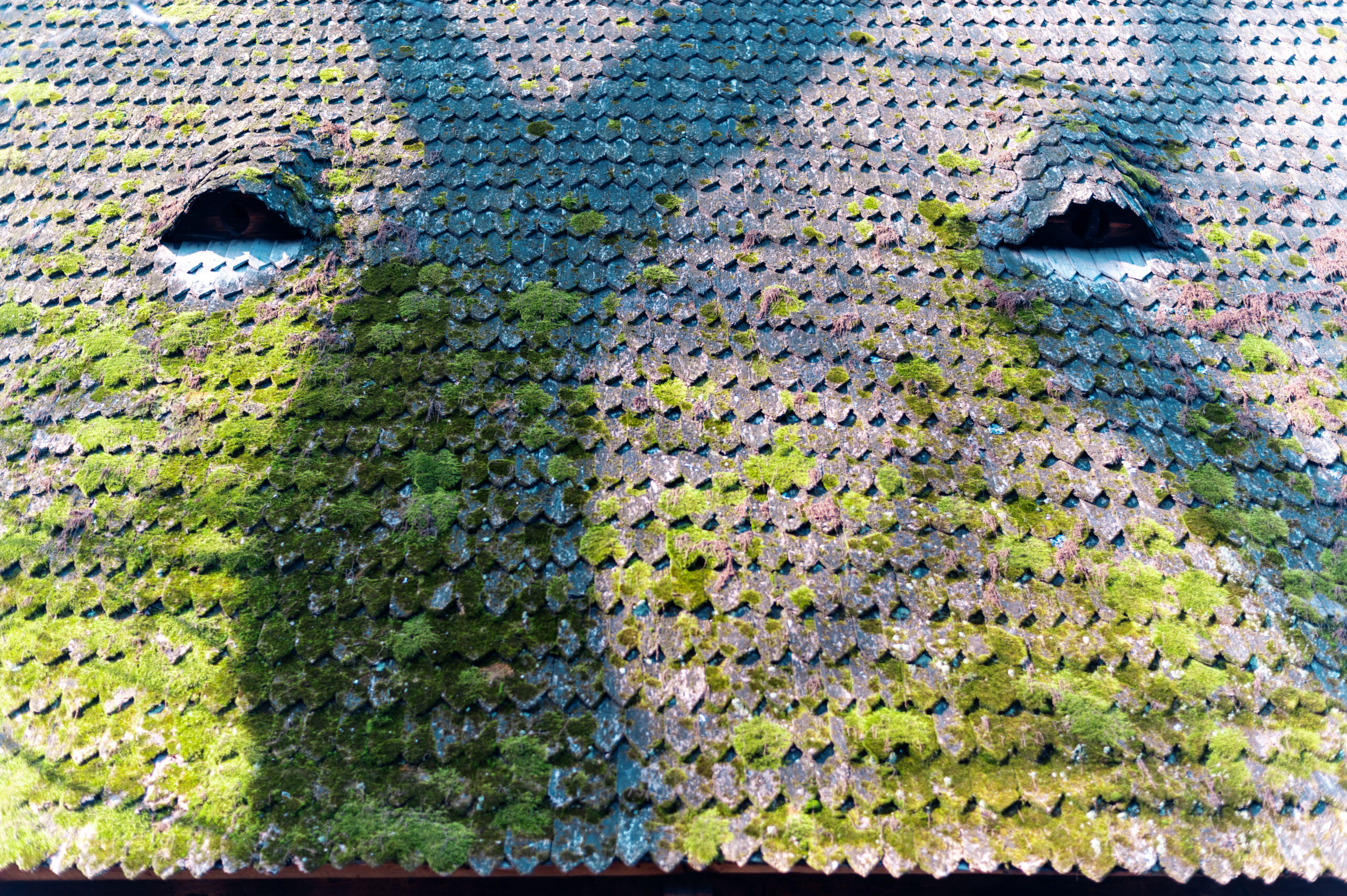Algae vs. Mold vs. Mildew: What’s Growing on Your Florida Roof?
What’s Growing on Your Florida Roof? If you’re a Florida homeowner noticing strange stains or streaks overhead, you’re not alone. Our warm, humid climate creates the perfect environment for black streaks, green patches, and grayish buildup to appear on shingles or tiles. But the real question is—what exactly are you seeing? Algae? Mold? Mildew?
Knowing what’s growing on your roof is the first step to stopping it from causing costly damage. Let’s break down the differences so you can identify, treat, and prevent future roof stains before they turn into real problems.
🌿 What’s That Stain? Here’s How to Tell
✅ Algae (Most Common in Florida)
- Appearance: Long, black or dark green streaks
- Feels like: Slimy or sticky when wet
- Where it grows: Shaded, humid areas—especially on north-facing roof slopes
- What it does: Eats away at limestone in asphalt shingles and absorbs heat, raising your cooling bills
Common culprit: Gloeocapsa magma
Solution: Soft washing with an algae-killing treatment
✅ Mold
- Appearance: Thick black, brown, or dark green patches—often fuzzy
- Feels like: Wet, spongy, and slippery
- Where it grows: Constantly damp spots or areas with poor drainage
- What it does: Traps moisture, speeds up rot, and can affect indoor air quality if it spreads
Red flag: Mold can lead to leaks and wood rot underneath your roof!
Solution: Professional cleaning and possibly roof repairs
✅ Mildew
- Appearance: White, gray, or light yellowish powder-like coating
- Feels like: Dry and powdery to the touch
- Where it grows: Shady areas with high humidity and little air circulation
- What it does: Slippery when wet, may stain roofing materials and make them brittle
Often confused with mold—but less aggressive
Solution: Clean with an appropriate mildew-killing roof solution and improve roof ventilation
🛠️ Why Florida Roofs Are a Hotspot for Growth
Florida’s tropical climate creates the **perfect storm for roof growth

